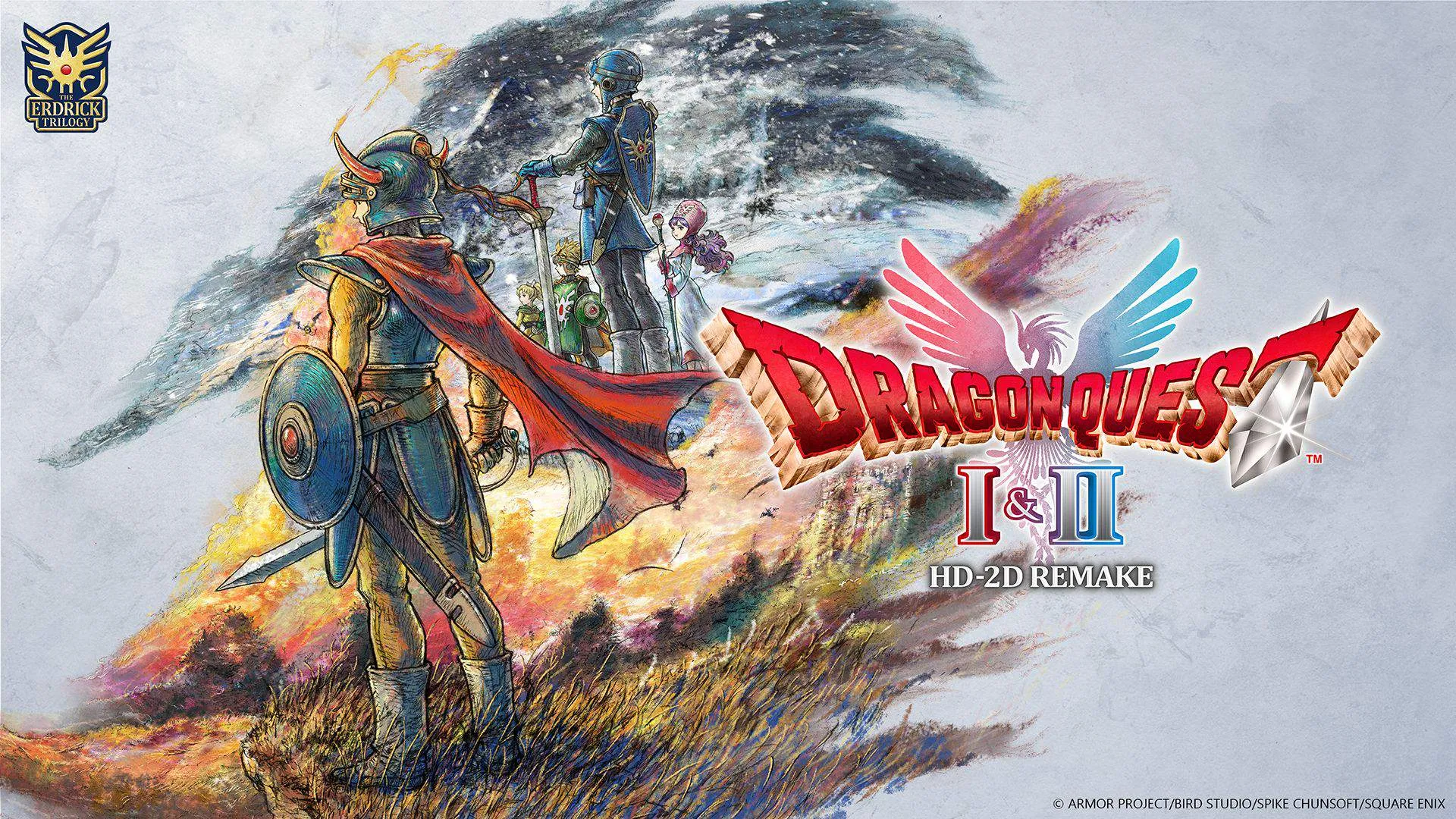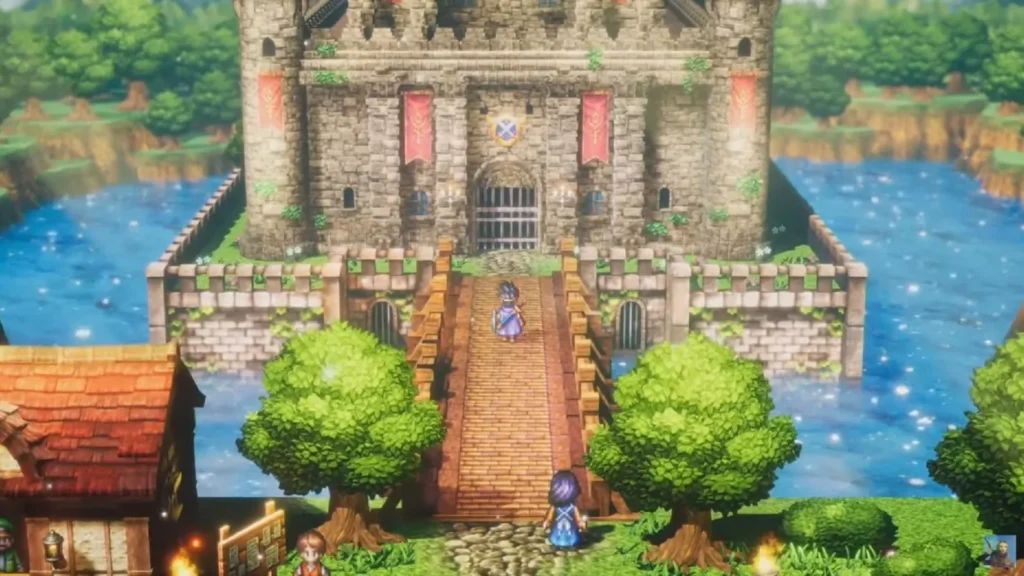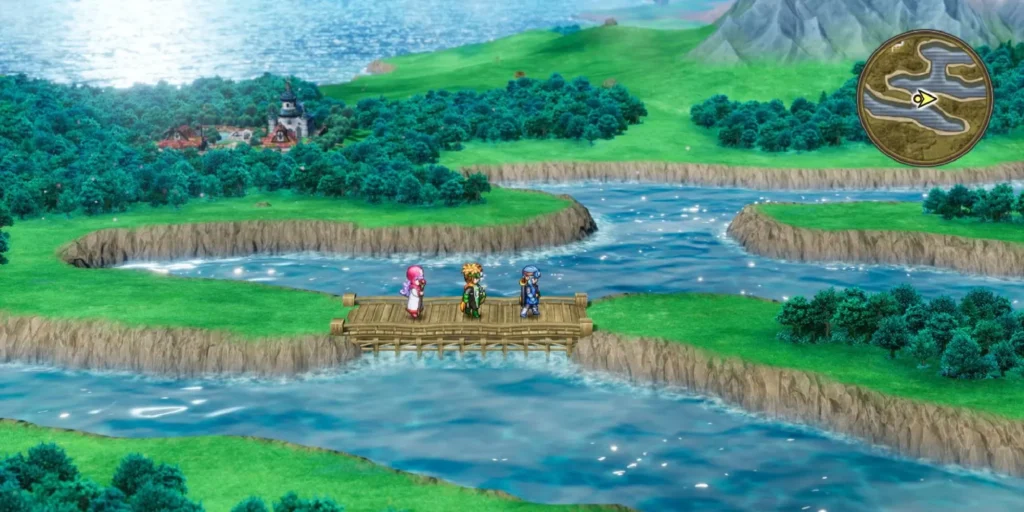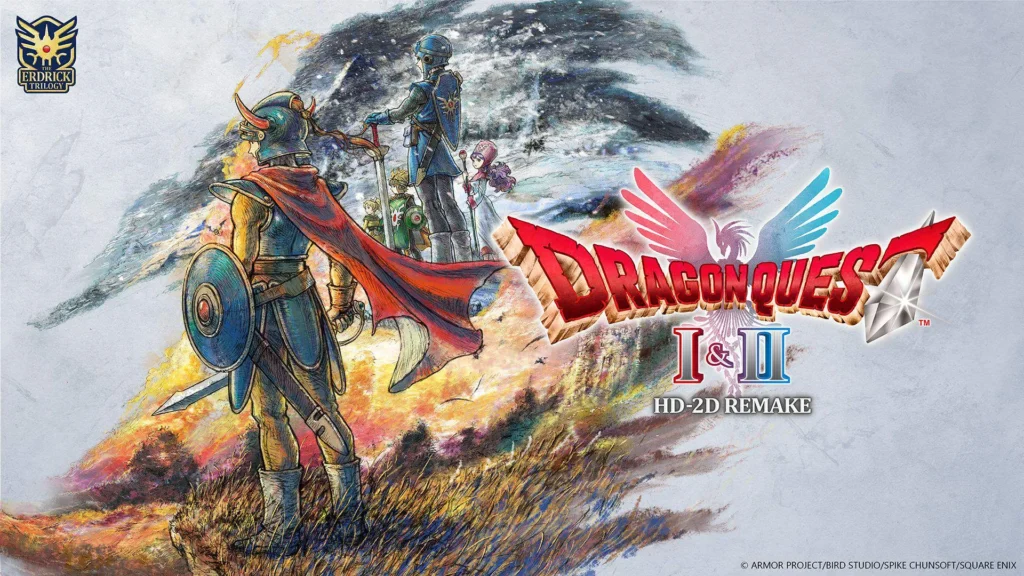
Newsletter Subscribe
Enter your email address below and subscribe to our newsletter

Enter your email address below and subscribe to our newsletter
Your Source for Game News and Guides

Dragon Quest 1 & 2 HD-2D Remake brings classic RPGs to modern audiences with stunning visuals. But does it do enough to win over newcomers? Our honest review reveals all.
Square Enix has a knack for revisiting its legendary franchises, and the Dragon Quest series is getting the royal treatment once again. The Dragon Quest 1 & 2 HD-2D Remake transforms two of gaming’s most influential RPGs into something that looks absolutely breathtaking—but as I discovered after spending 40+ hours with both games, looking good doesn’t always mean playing great.
Let me be straight with you: if you’re a Dragon Quest veteran craving a nostalgic trip with modern polish, you’re in for a treat. But if you’re a newcomer hoping to understand what made these games legendary? Well, that’s where things get complicated.
First things first—these games are drop-dead gorgeous. Square Enix’s HD-2D engine (the same tech that powered Octopath Traveler) works absolute magic here. The pixelated character sprites pop against beautifully rendered 3D environments that genuinely feel alive.
What makes the visuals special:
I found myself just wandering the overworld sometimes, taking in the environmental details. The original games had basic tile-based maps—functional but forgettable. This remake transforms every location into something worth exploring. It’s the difference between reading a travel brochure and actually visiting the place.
The fully orchestrated soundtrack deserves mention too. While the musical loops are admittedly short (they get repetitive during long play sessions), the quality is top-tier. Classic sound effects from the originals are preserved alongside the modern score, creating a nice bridge between past and present.

Here’s something fresh: these games now feature voice acting, though it’s used sparingly. Following the Octopath Traveler approach, voices appear only during major story moments. It’s not constant chatter, but when characters do speak, it genuinely elevates the experience and makes pivotal scenes hit harder emotionally.
The original Dragon Quest had the narrative depth of a fortune cookie: you’re the hero, go kill the Dragonlord, roll credits. Not exactly gripping stuff by today’s standards.
Square Enix clearly understood this limitation. Both games receive significant story enhancements:
Dragon Quest 1 now includes:
Dragon Quest 2 benefits from:
Should you expect a completely different story? No. The core narrative beats remain intact. But these additions transform what were bare-bones adventures into something that feels more complete. Veterans might initially bristle at the changes, but I’d argue they improve the experience without betraying the originals’ spirit.
Now we need to talk about the elephant in the room—or rather, the Slime in the dungeon. The combat system feels dated, and no amount of HD-2D polish can hide it.
The main issues:

Dragon Quest 1 at least requires some strategic thinking. Resources are tight, enemies hit hard, and you’ll need to plan your moves carefully. It’s challenging enough to stay engaging.
Dragon Quest 2, however, becomes almost automated once you unlock the full party. I found myself just mashing the Attack command while my AI companions handled everything else. Yes, you can manually control everyone by adjusting tactics, but why bother when auto-battle wins 95% of fights effortlessly?
Pro tip: Immediately bump the battle speed to “Ultra Fast” in the settings. The default pace will test your patience more than your skills.
Modern RPG players might struggle with this aspect. Both games expect significant grinding if you want to progress smoothly. Try to rush the story, and you’ll quickly encounter enemies that demolish you.
Things that help:
But here’s the reality—if you hate grinding in RPGs, these games will frustrate you. It’s baked into their DNA, and the remake doesn’t fundamentally change that design philosophy.
Between the two games, Dragon Quest 2 is clearly the star of this package. It’s longer, more complex, and received more attention from the development team.
Why Dragon Quest 2 stands out:
Dragon Quest 1, meanwhile, feels like it might have needed more substantial additions beyond just visual and story enhancements. It’s not bad—the challenge is there, and completionists will find value—but it often feels like a warm-up act for the main event.
Honestly? If Square Enix had sold Dragon Quest 2 separately with all these improvements, it might have been an easier recommendation. As it stands, you’re buying a bundle where one game significantly outshines the other.

Credit where it’s due: the modernization features genuinely help these classic games breathe in 2025. Without these additions, I wouldn’t have finished either game.
Essential features you’ll use constantly:
These aren’t just nice bonuses—they’re necessary tools that make decades-old game design tolerable for modern players. Don’t skip adjusting these settings right from the start.
The remake preserves the archaic English dialogue from previous versions. You know, the “thee” and “thou” style that’s supposed to feel medieval and authentic. Some players love this quirk; others find it exhausting to parse during long dialogue sequences. Your mileage will definitely vary on this choice.
This is the million-gold-piece question. The Steam version retails at $59.99, and whether that’s worth it depends entirely on your expectations.
You should buy if:
You might want to wait for a sale if:
Dragon Quest 1 & 2 HD-2D Remake accomplishes exactly what it sets out to do: it presents two foundational RPGs in their most beautiful and accessible form yet. The visual transformation is remarkable, the story expansions add genuine value, and the quality-of-life improvements make these games playable for modern audiences.
But here’s my honest take after those 40 hours—this feels like a love letter written specifically for existing fans. The core gameplay shows its age despite all the polish, and newcomers might struggle to understand why these games were so influential when they’re grinding through their hundredth random encounter.
Final Score Breakdown:
If you’re a Dragon Quest devotee, bump that overall score to an 8. If you’re completely new to the series, consider it a 6—or maybe start with Dragon Quest 11 first and work your way backward if you fall in love with the franchise.
These remakes prove that sometimes, even the most beautiful restoration can’t completely hide the passage of time. They’re gorgeous museum pieces that remind us where JRPGs came from—but whether you want to spend 40 hours in that museum is entirely up to you.
Have you played the Dragon Quest 1 & 2 HD-2D Remake? What’s your take on updating classic games for modern audiences? Share your thoughts in the comments below!